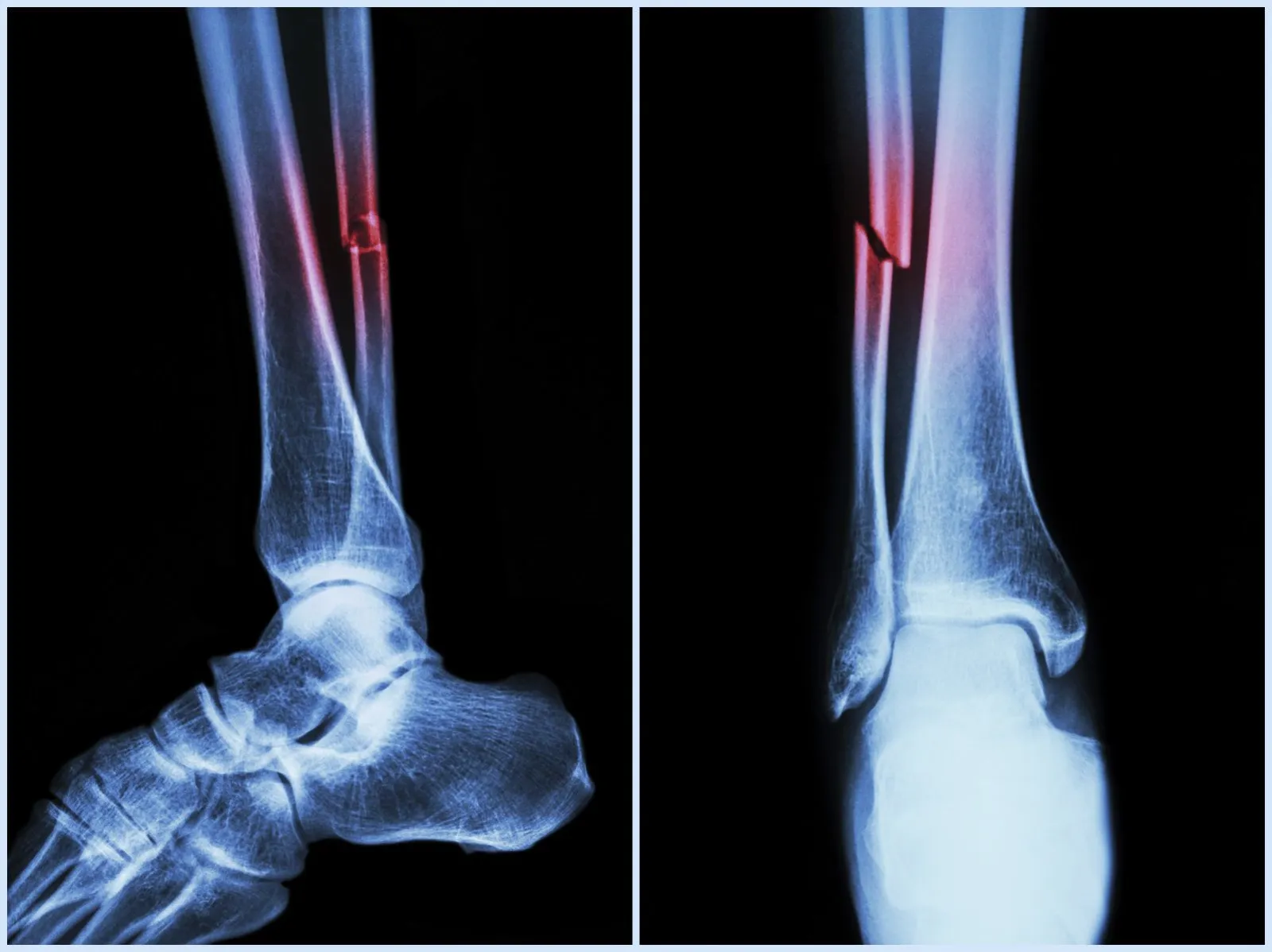
Treating broken bones requires realignment and immobility. This can be achieved a number of ways. The most effective treatment depends on the type and severity of the fracture and the complexity of the case. Our doctors at Orthopaedic Specialists of Austin treat broken bones with both orthopaedic surgery and non-surgical approaches.
In this article, our Austin, TX, team explores non-surgical vs surgical treatment of fractures. We will take a brief look at each type so our patients can be well-informed of their options.
Non-Surgical Treatment of Fractures
When possible, we prefer to treat fractures with minimally invasive, non-surgical methods. The body begins healing itself by forming a blood clot around the injury. New bone cells then form and grow on both sides of the fracture, eventually closing it. The objective of any fracture treatment is to control bleeding, stop infection, and prevent bone death. Mild to moderate fractures can often be treated with immobilization or traction.
Braces, Splints, or Casts
The most traditional way to immobilize a fracture is with a brace, splint, or cast. These appliances keep the bone from moving and encourage proper alignment. Your doctor will determine which type of device is most beneficial for your case. For example, a cast is the most common form of treatment, but a brace or splint may be used to allow for more controlled movement of adjacent joints. In some cases, if the broken bone is extremely small, the fracture can be immobilized by wrapping.
Traction
This process uses weights, pulleys, and ropes to apply gentle force and bring the bones back into alignment. Traction can be used to realign and stabilize broken bones, but it can also help reduce pain and correct constricted joints, muscles, and tendons.
Surgical Treatment of Fractures
If a fracture is severe enough, you may require surgery. This is especially true for compound or comminuted fractures. There are two common types of orthopaedic surgery: open reduction and internal fixation, and external fixation.
Open Reduction and Internal Fixation
During this procedure, the bones are repositioned and realigned. Next, your Austin, TX, surgeon uses surgical plates, screws, or pins to hold the bone fragments together. In some cases, a rod may be used to stabilize the bone from top to bottom.
External Fixation
Like internal fixation, external fixation uses plates, screws, and pins. However, rather than being attached to the bone, the pins and screws are connected to a metal structure outside the skin. This stabilizing frame holds the bones in the correct position while they heal. External fixation is commonly used when the soft tissue has been badly damaged. This procedure allows the bone to heal until surgery can be better tolerated.
Contact Our Practice to Learn More
Timely treatment is necessary when individuals sustain a broken bone. To find out more about your orthopaedic options, schedule a visit at our Austin, TX, practice. Our team is standing by to answer any questions you may have about upcoming treatment. Contact us online or give us a call at (512) 476-2830.
